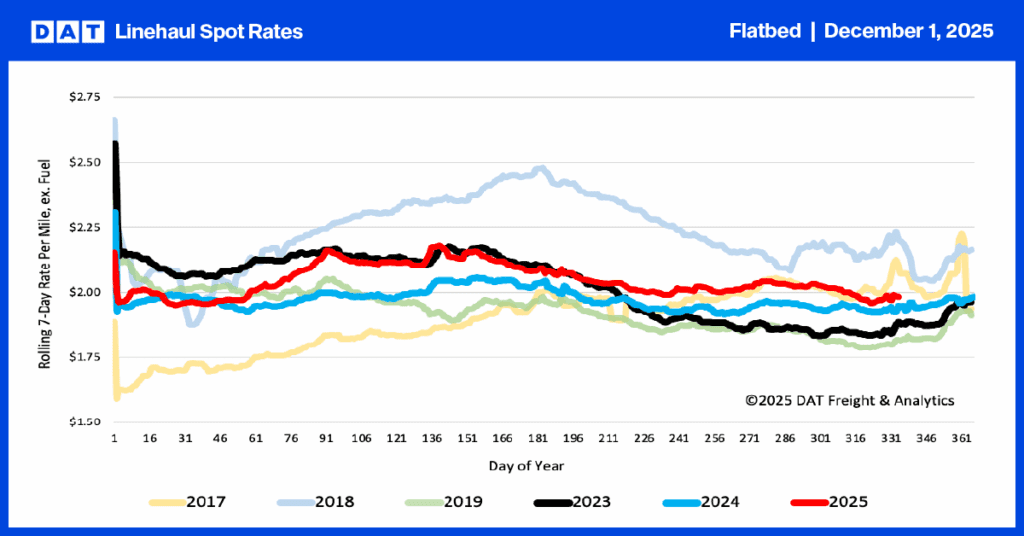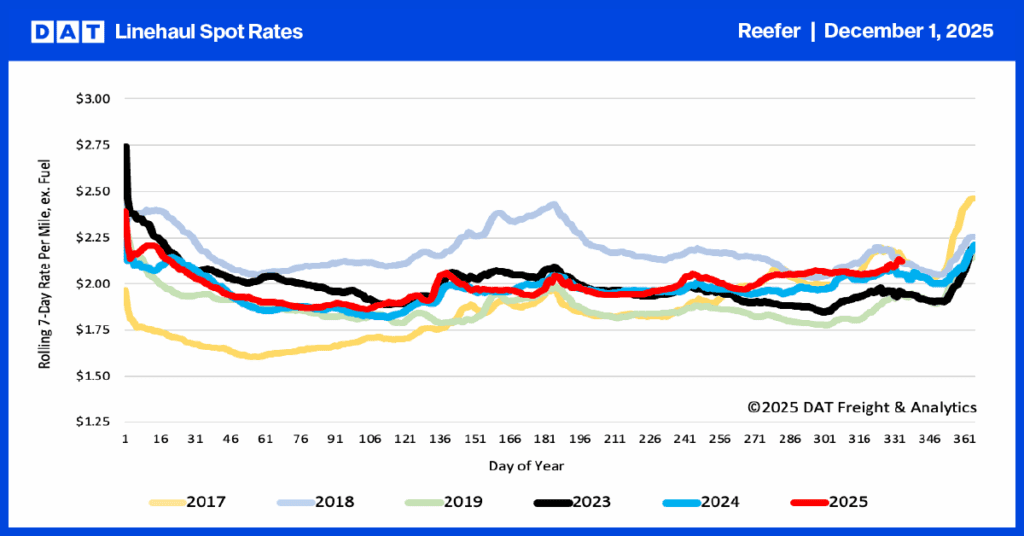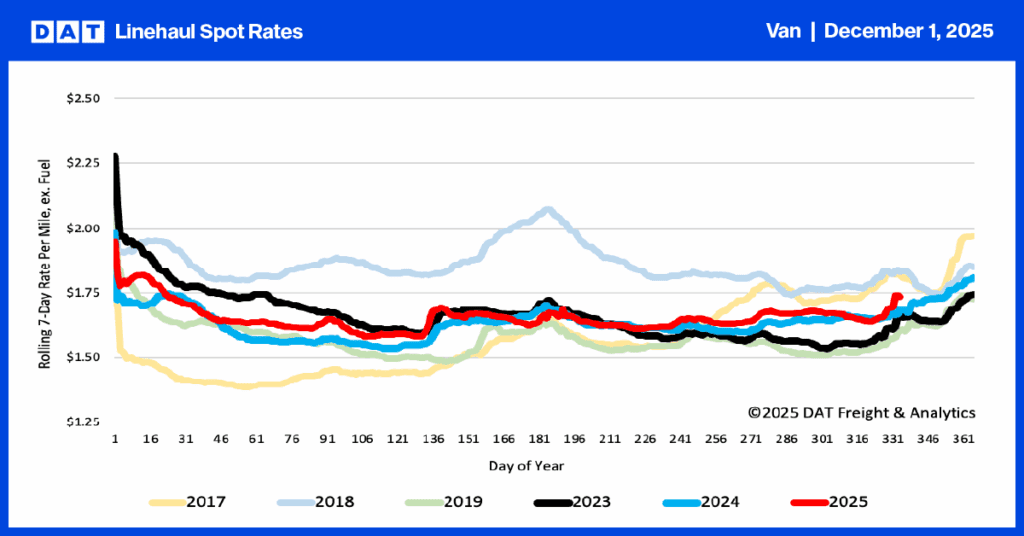Approximately 84% of U.S. adults are expected to spend a record $31.7 billion this coming Mother’s Day, representing an increase of $3.6 billion from 2021’s record spending, according to the National Retail Federation (NRF). Their recently released annual survey indicates consumers plan to spend an average of $245.76 on Mother’s Day items, which is $25 more than last year and the highest in the survey’s history. Whichever way you look at it, $31.7 billion is a lot of freight, and using NAICS codes to convert retail revenue into tons, it equates to around 132,000 truckloads using $12,000/ton as a rough guide.
Consumers are eager to find memorable ways to honor their mothers and other influential women in their lives and are willing to spend a little extra on this sentimental holiday. Jewelry purchases and special outings such as dinner or brunch are driving this year’s spending increases, marking a record in the NRF survey’s history for average spending in both categories.
Get the clearest, most accurate view of the truckload marketplace with data from DAT iQ.
Tune into DAT iQ Live, live on YouTube or LinkedIn, 10am ET every Tuesday.
Why is Miami the place to be on Mother’s Day?
The top three gift categories this year are greeting cards (75%), flowers (72%), and special outings (57%). Flower sales are expected to be at an all-time high this year, directly impacting this Mother’s Day freight market. As a result, refrigerated carriers should see increased demand for South American flowers, which predominantly arrive in Miami.
As was the case with Valentine’s Day, this week is the peak shipping week for flowers ahead of Mother’s Day, with most activity centered in Miami, just 3.5 hours flying time from where most Valentine’s Day roses are grown. According to the USDA, in 2021, 61% of rose stems were imported from Columbia and 35% from Ecuador, with 87.8% landing at Miami International Airport (MIA) before being trucked all over the U.S. and Canada. An additional 3.5% are shipped via West Coast airports, including Los Angeles, Long Beach, and San Diego.
Miami has a sizeable perishables-handling infrastructure and is ideally located to handle domestic air-to-truck logistics and international air-to-air transfers. MIA also has an efficient consolidation center for both the U.S. and Europe/Asia for southbound traffic of all kinds. Unlike Valentine’s Day, where roses are king, the most common flowers gifted on Mother’s Day include mixed bouquets, carnations, and roses. According to the USDA, combined, these three flower types account for 95% of Mother’s Day flowers, with roses making up 62% of the total.
What do we expect this week to look like for carriers?
In the two weeks leading up to May 8th, an average of 70 truckloads per day will head north out of Miami, where just three large carriers handle 80% of all flora volume. The remaining volume is picked up by smaller fleets and owner-operators in the spot market, where load post volumes were up 15% w/w last week in Miami. Truckload capacity tightened as a result pushing up reefer spot rates by $0.17/mile to an average northbound spot rate of $1.95/excl. FSC. More volume and higher spot rates are expected this week for last-minute loads.


